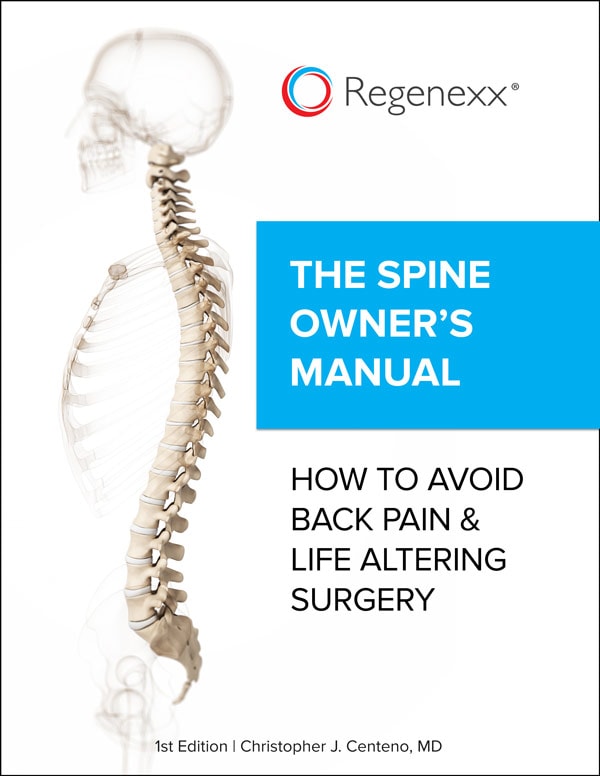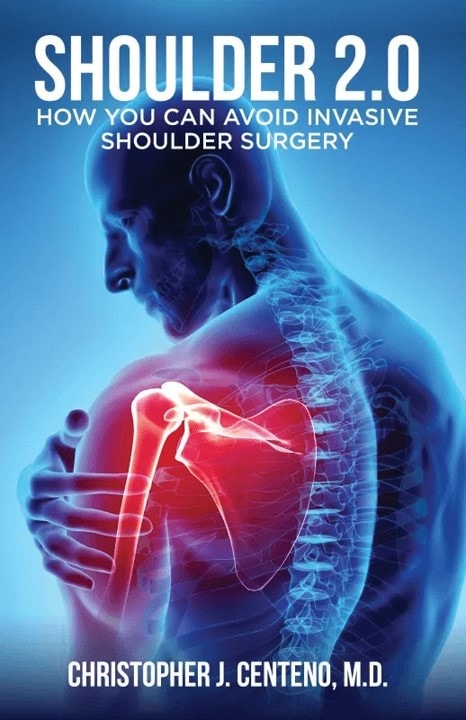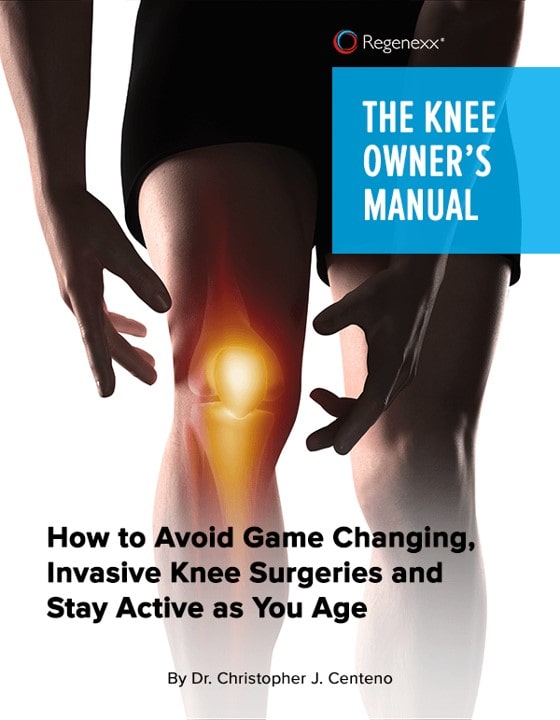Using The Shutdown to Self Diagnose and Understand Your Pain
We’re all at the new normal for now. As part of all of that altered reality, I’m talking to more and more of my patients who have increased pain. Why? A combination of stress and change in life and exercise routines. So what can you do to help while you’re at home?
Telemedicine or In-Office Visits?
In other posts I’ve done on coronavirus, I’ve talked about the fact that most medical offices are still open as they are essential businesses. In many parts of the country, the physicians are also offering telemedicine visits. Hence, you now have many options to consider if you have new or aggravated pain due to our circumstances. However, there’s also a third option, which is at home self-diagnosis.
Self-diagnosis at Home-You’ve Got the Power!
In my experience, patients who understand what’s causing their pain are more likely to get rid of their pain. I call that taking your power back! However, very few really understand what’s going on with their body that’s causing the problem.
Medicine is an asymmetrical situation. Meaning the doctor knows much more about the problem and the solutions than the patient. That asymmetry robs patients of their power. How do you get that power back? Learn about what’s wrong and the options to fix it.
Videos for Home Self-diagnosis
I’ve created a series of videos that allow you to start figuring out what’s wrong with your neck, low back, shoulder, or knee at home.
Your Back and Neck Nerves
Here, critical clues to what’s wrong with your spine often revolve around what’s happening with the nerves in your neck or back. Why? Nerves get pinched or irritated which then leads to pain, stabilizing muscles going offline, and sloppy spinal motion that beats up joints. Hence, here are two videos that can help you test your nerves:
Can Neck Range of Motion Tell You More?
Your neck range of motion can often tell you even more about what’s happening. This video focuses there:
If you want to learn more, you can schedule a Telemedicine consult with a Regenexx provider. This allows you, from the comfort of your own home, to use a phone, tablet, or computer to perform a more detailed self-exam with a Pro level video and then get a diagnosis or additional imaging through a specialist. Click here to schedule that type of telemedicine appointment.
Not ready to book an appointment? Then dive deeper into what’s wrong by reading my book on the diagnosis and treatment of your neck and back:
Shoulder Pain?
Maybe your shoulder has begun to hurt? If so, begin to start your at-home self-exam with this shoulder video:
Again, if you find something or want to dive deeper with a specialist, just click here to book a telemedicine appointment.
Not ready for a doctor yet? Then dive deeper by reading my shoulder book:
Knee Pain?
Has your change in exercise kicked up new or old knee pain? Then watch this quick video to start to self-diagnose:
If you find something, again, take a few minutes to get on a telemedicine visit with one of our knee specialists by clicking here.
If you’re not ready yet to see a doctor, then dive deeper with my knee book:
The upshot? At Regenexx, we’ve got you covered while you’re at home. Start by taking your power back and learning about what’s wrong and causing your pain. Educated patients make good decisions about their care, uneducated patients sign up for procedures they should never have and often find themselves worse off. Use this time at home to find out exactly what’s wrong with your body!

If you have questions or comments about this blog post, please email us at [email protected]
NOTE: This blog post provides general information to help the reader better understand regenerative medicine, musculoskeletal health, and related subjects. All content provided in this blog, website, or any linked materials, including text, graphics, images, patient profiles, outcomes, and information, are not intended and should not be considered or used as a substitute for medical advice, diagnosis, or treatment. Please always consult with a professional and certified healthcare provider to discuss if a treatment is right for you.



